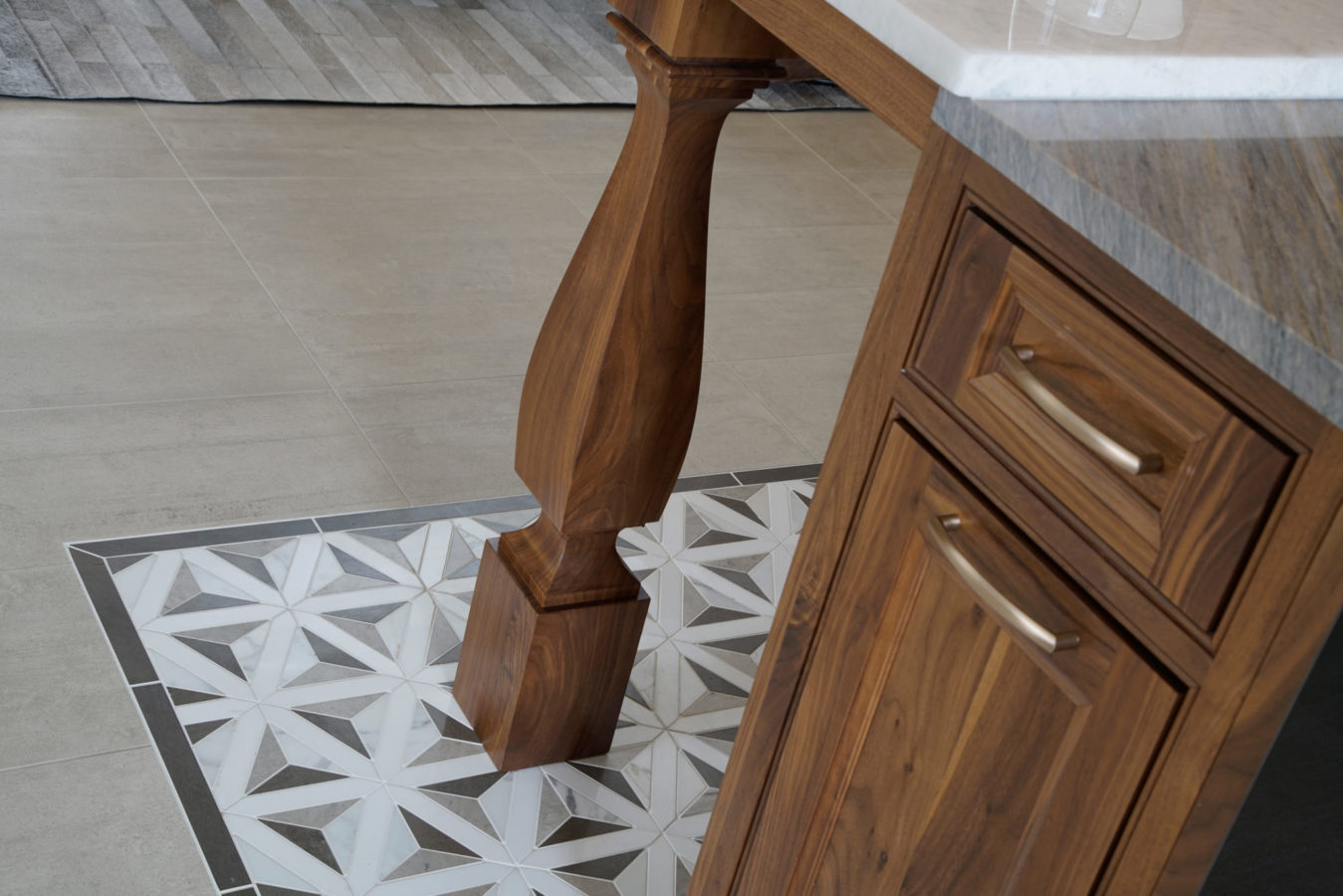The History Of French Furniture
Middle Ages 900 – 1500
Furniture of the middle ages was designed to be practical. It was often very large, simple and heavy.
This early furniture followed the lines of architecture. Very few pieces of furniture from this era were carved, just those crafted to show off wealth.
Renaissance 1500-1610
During the renaissance era, French craftsmen started to create furniture with deeply carved and ornate designs. Many Buffets and cabinets were made to look like small buildings with influence from Roman or Greek architecture.
Louise XIII 1610-1640
French furniture during the Louise XIII era was heavily influenced by Italian design. The common theme was massive, and solid with geometric carvings.
In this era furniture was expected to be both beautiful and comfortable. Fixed upholstery became one of the era’s great inventions with furniture becoming padded.
Louis XIV 1640-1715
During this era there was an increasing fascination with the Far East and all things Asian. French craftsmen copied the style and added their own “French” influence.
The most prominent furniture of this era was extravagant and extremely detailed drawers.
Regence 1715-1730
Regence style furniture was influenced by an architect and cabinetmaker hired by the acting regent to Louis XIV who decorated his apartment.
Regence was the era that apartments came into being. The smaller scale of these homes introduced lighter, more graceful furniture. Asymmetrical curved lines replaced symmetrical straight lines and simple wood veneer instead of extravagant wood inlay.
Louis XV 1730-1770
Louis XV reigned over the “Golden Age” of French decorative style. Louis French style furniture was influenced by the increasing influence by women of the court, introducing exquisite furniture with graceful, feminine lines.
Predominant features in this era of furniture included squared corners on tables and cabinets instead of rounded, legs were straight and seat frames with ribbon twist mouldings were introduces.
Directoire 1790-1805
This style of French furniture represented a break away from lavish royal styles of the past. Designs were more subdued and themes of antiquity and nature featured less.
The furniture of this era moved away from geometric patterns and began to incorporate Grecian urns and sculpted female figures. Notable characteristics of the era were the Etruscan motifs such as animals and stylised palm leaves. Other motives were influenced by the French revolution and included wreaths, torches and other warlike emblems.
Empire 1805-1815
Empire furniture is generally large and decorated with brass and gold coloured alloy such as copper, zinc and tin. Napoleon’s Egyptian campaign saw the introduction of furniture being decorated with Egyptian motives such as sphinxes.
The furniture of this era featured bold symmetrical designs replacing ornate carvings and rounded romantic shapes. Empire artists were also inspired by the ancient Greco-Roman period with decorative elements including wreaths, swans griffins and urns. Motifs were cast in bronze and applied to symmetrical shapes.
The Restoration 1815-1830
The restoration coincided with the industrial revolution where the process in furniture making changed. At the same time middle class was on the rise, increasing the demand for furniture.
The styling of the empire furniture remained however, the rigid contours became softer and a playful touch was added. Common motifs of the era included musical instruments, rosettes, swans and cornucopia. The restoration era also saw the return of wood inlay being used to decorate the furniture.
Louise Philippe 1830-1850
Until now furniture had been sold piece by piece. The industrial revolution brought new production processes, craftsmen began to make furniture sets for the bedroom and dining room.
Furniture of this era maintained the simple, rounded lines of the restoration era, but with less ornamentation. A defining characteristic of the Louis Philippe style was the soft curve at the top of buffets, chests and wardrobes.
Napoleon III 1850-1880
The napoleon III style was described as broad, diverse and ostentatious. Furniture from this era took influence from the past 500 years of French style. It was not uncommon to see several furniture styles mixed into a single piece of furniture.
Furniture of this era saw the introduction of coffee tables, ottomans and comfortable chaise chairs. Furniture incorporated whimsical shapes, mother of pearl and often included cast iron, paper mache or ivory inlay.
Art Nouveau 1880-1920
This style of furniture originated in the arts and craft movement in England, which revived handmade furniture and craft.
Furniture of this era continued the use of flowing curved lines and re-introduced asymmetrical shapes reminiscent of the Louise XV period. Notable features of the era included, elements of fantasy and motifs taken from Japanese prints, Gothic architecture and symbolic paintings of English influence.
Art Deco 1920-1940
The Art Deco style was influenced by the Empire and Louise XVI periods. Furniture was often decorated with geometric shapes and Egyptian inspired motifs.
Furniture of this era was characterised by its bold geometric designs. Designers also experimented with exotic woods, new lacquers and French polish. Furniture was decorated with metals, mother of pearl, ivory, wrought iron and wooden veneers.


